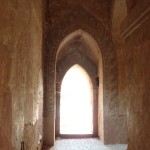When visiting Southeast Asia, you will find a dazzling assortment of different religious buildings. None are more iconic than the stupas built to hold relics. In Thailand they are called chedis, in Myanmar, zedis… and in Laos, that. They are remarkable structures worthy of further investigation.
Stupas trace their history back to pre-Buddhist burial mounds, but they came into their own and developed after the passing of the Buddha, whose remains were buried in ten mounds. Later, more permanent structures started to be built to house relics such as the 3rd century BCE Great Stupa at Sanchi in India.

The original meaning was retained and the Sanskrit word stūpa literally means heap.
The Burmese, Thai and Lao all have styles that come as a result of the transmission of Theravāda Buddhism from Sri Lanka. One of the most common style of chedi in Thailand is the Lanka-style bell chedi. Interestingly, this bell shape is not much seen in Sri Lanka, where the original round Sanchi-style stupa remains the most usual. Looking at the great sites of Myanmar, Thailand and Laos, we can observe some interesting styles that give us good reference points for stupas we see on our travels through Southeast Asia.
Myanmar
In Myanmar, there is a clear progression of styles. The earliest stupas were built by the Pyu people and this Pyu-style can be found at the 7th century Bawbawgyi Pagoda at the ancient city of Sri Ksetra near modern day Pyay.
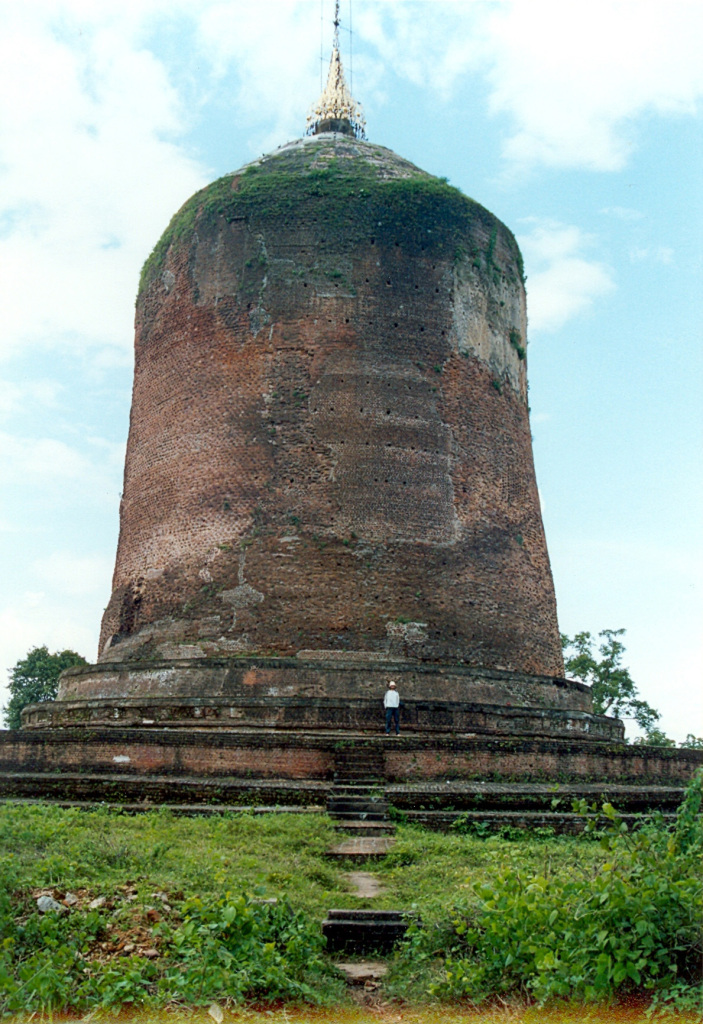
This bulbous, but elongated version of the simple mound is the beginning of the Burmese stupa.
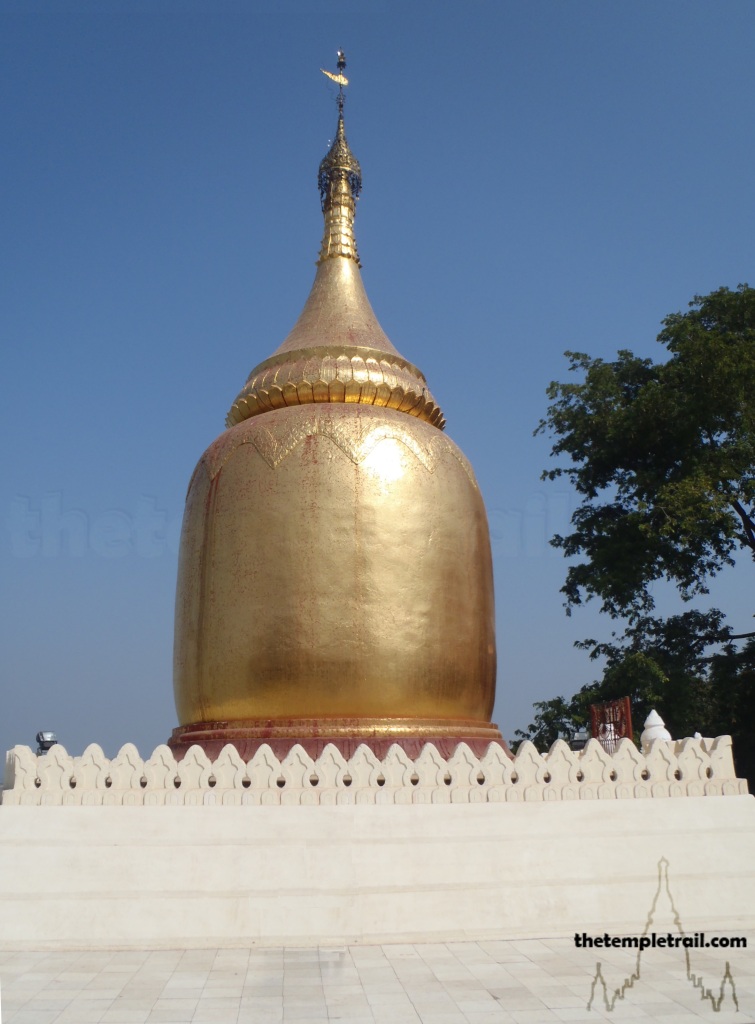
In the kingdom of Bagan, the Pyu-style turned into the gourd-shape evident in the Buphaya in Bagan.
Bagan is home to many great stupas which illustrate the stupa’s evolution in Myanmar. The wonderful 11th century Shwezigon Pagoda pioneered the banana bud design and the beginning of elongation.


By the 12th century, the bell-shape of the golden Dhammayazika Pagoda, also in Bagan, came to be the standard.

The stunningly beautiful Shwedagon Pagoda in Yangon is the culmination of centuries of Burmese architectural innovation. Expanded many times by various rulers, the Shwedagon has elements of the bell shape, the banana bud, upturned and down-turned lotus petals, a turban and a diamond bud, topped with a hti (umbrella). It is the zenith of grace in stupa design.

Laos
Laos has a unique style of stupa which stands out from those in neighbouring countries. Vientiane has the best example of the Lao-style that: Pha That Luang. This is considered to be a national treasure of Laos. It is tall and thin with a curvilinear design. It has four corners and is modelled on an unopened lotus bud.
This style is also evident, in much smaller form, in That Chom Si in Luang Prabang. The slim angular lotus sits atop Phou Si hill in the centre of the town.


In Vientiane, That Dam displays a different style. This shows some influence of its southern neighbour, Thailand, but retains an angular nature, rather than having a round ‘bell’.

Luang Prabang has one quite unusual stupa that seems more closely linked to the Sri Lankan mound shape. Known as the ‘Watermelon Stupa’, That Pathum (or That Makmo) at Wat Wisunalat is a 16th century Singhalese-style stupa and a one-of-a-kind in Laos.
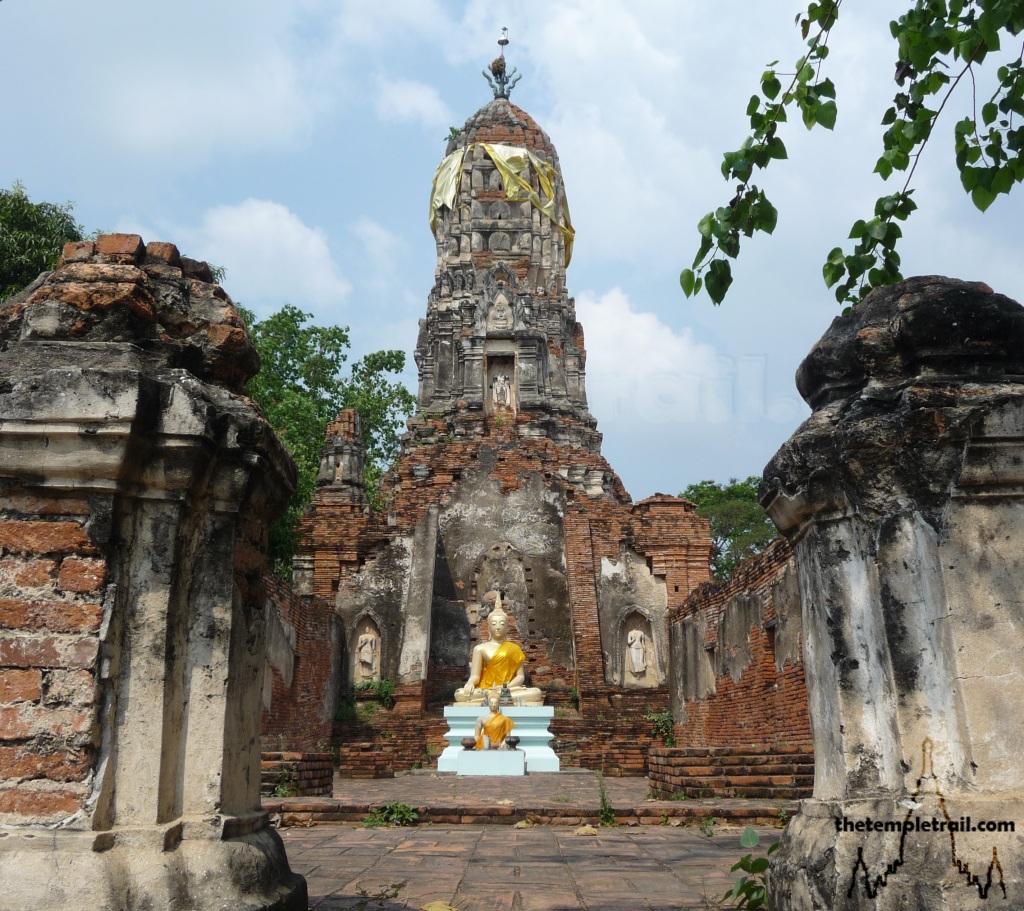
Thailand
Thailand gets the prize for the most varied styles of stupas. While many associate the Khmer-style prang with Thailand, it really isn’t a true stupa like the chedi. The famed ‘corn cob’ shape actually developed from Khmer temples and not from burial mounds. While they did evolve to have the same relic containing function, they are not quite stupas, as you can normally enter them.
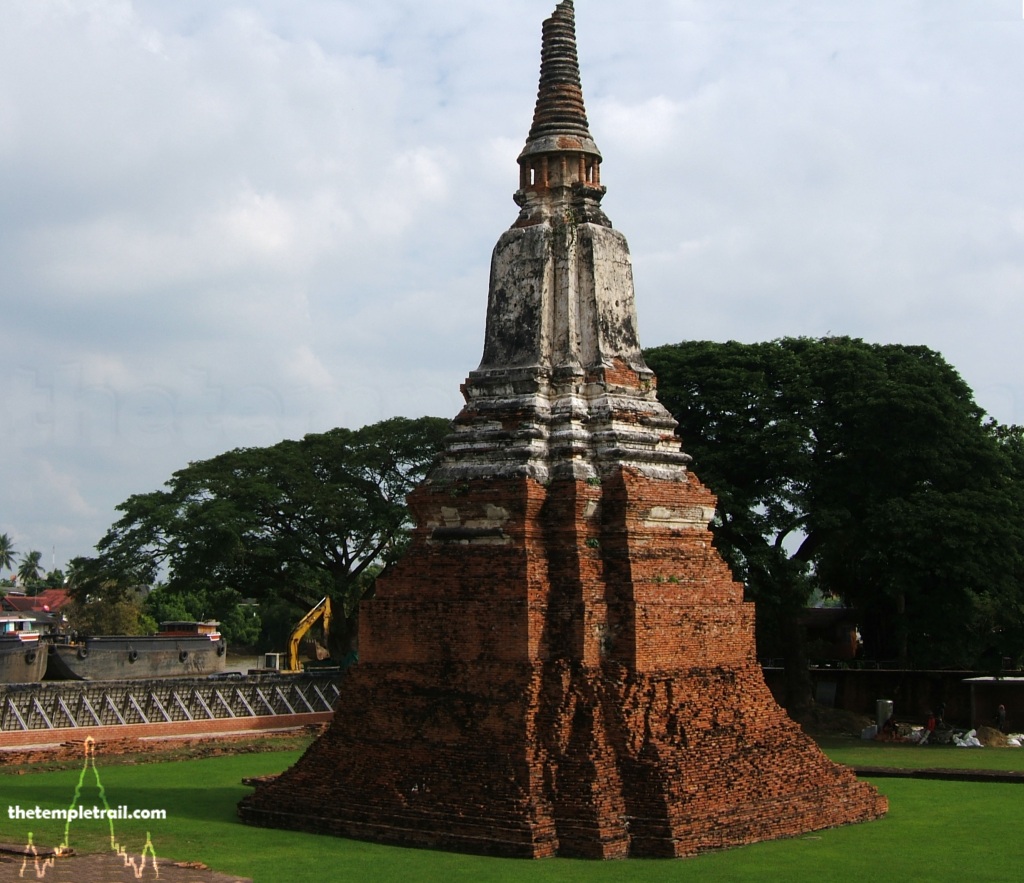
Many great examples of towering prangs are found in the old capital of Siam, Ayutthaya. A walk around the ancient city will reveal many kinds of chedi also. The most famous is the Ayutthaya-style chedi, which you can find in temples like Wat Chai Watthanaram. It is a stylized, squarer version of the bell chedi and has 12 indented corners.
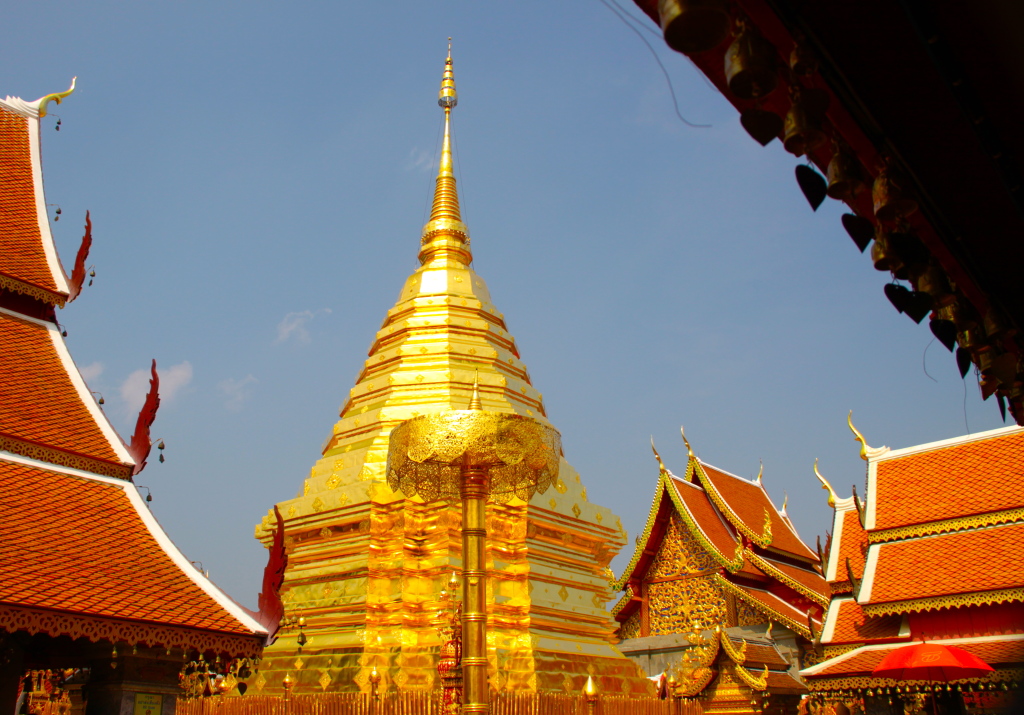
In the northern city of Chiang Mai, you can find a wonderful example of a chedi in the heart of the ancient Kingdom of Lanna. The golden stupa at Wat Phra Doi Suthep is again a variation of the bell chedi, but is in the Lanna-style with its multiple facets and tiers.

In nearby Lamphun, just 25 kilometres from Chiang Mai, Wat Phra That Hariphunchai has its own special chedi. The former Mon Kingdom of Hariphunchai had its own style before it was invaded by neighbouring Lanna in the 13th century. The Haripunjaya-style chedi, Chedi Suwanna, is square and angular and looks more like an elongated pyramid.

Travelling south to the original Thai Kingdom of Sukhothai you find another Mon Haripunjaya-style chedi at Wat Mahathat, but it is one of many different kinds that surround the main Thanan-style chedi. This is a tall, thin lotus bud that is distinctively from Sukhothai and it can only be there and in its subordinate cities.
In the capital, Bangkok, you will find many kinds of chedi, but it is a city that is home to many of the classic bell-shaped chedis that people picture when they think of Thai temples. While there are many examples, the golden chedi at Wat Saket Ratcha Wora Maha Wihan on the Golden Mount is a beacon that sparkles in the sun above the Bangkok skyline.

With their diverse array of stupas, these three Southeast Asian countries are a joy to discover and the photogenic architecture can provide hours of exploration. There are few other places on earth with so much to offer the interested cultural traveller.
Author Tom Billinge runs TheTempleTrail.com, an ultimate website resource for learning about famous and lesser known temples and religious sites in Southeast Asia and beyond.
